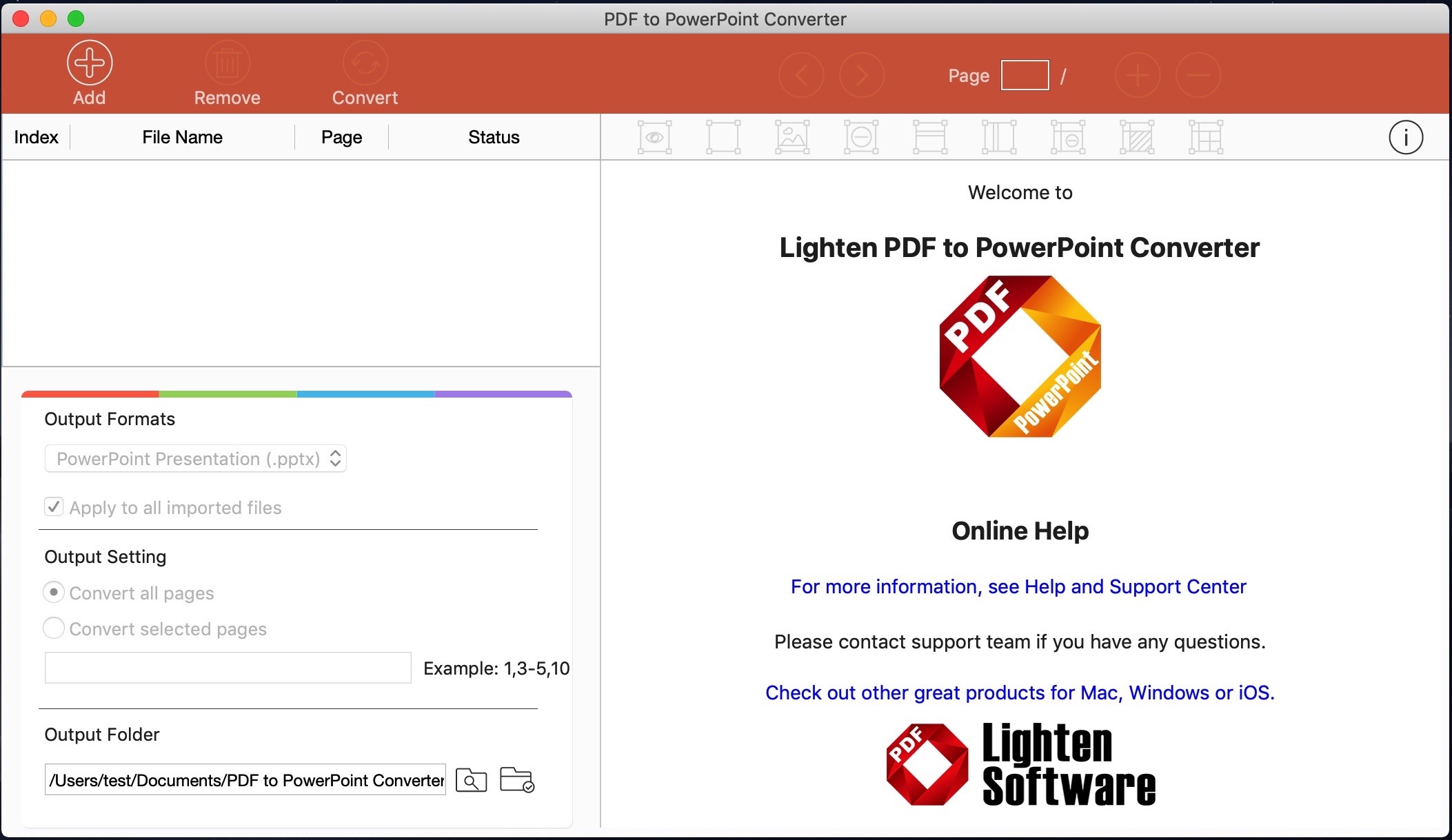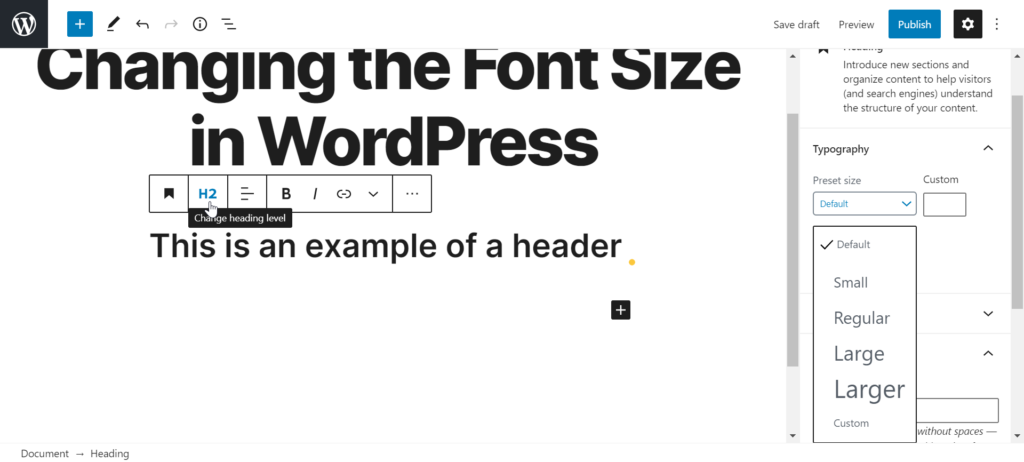

Ability to increase and decrease font size for better readability, per each document individually.Option in Preferences to "Alternate Row Colours" in the outline.Option in Preferences to choose the default font, along with the font size."Add" and "Remove" buttons on the outline element which is tracked by mouse.Row height which accommodates multi-line text.Embed selected elements in array or dictionary.Copy elements as XML, Binary (Base 64 encoded) and OpenStep/ASCII plists.Copy elements as JSON data, both indented and compact JSON.Copy elements as Objective-C objects, both modern and classic syntax, so you can use them in Xcode.Copy elements as Swift objects so you can use them in Xcode.Support for pasting plist data, either from raw XML or from Xcode.Open and edit the files created using NSKeyedArchiver without any loss of information.

This works both for a single item (be it key or value) or for multiple items (via "Edit -> Edit Value."). Find & Replace also lets you configure where in the text to look for matches: "Contains", "Equals To", "Starts With", "Ends With" and "Regular Expression".The option which controls which columns will be searched is available by clicking the "search" image in the find bar (Command + F) and then accessing the options from "Find In" submenu.

You can choose where the Find (and Replace) will take place: in "Key" column or "Value" column or both.
Find & Replace text in the property list elements. This is especially useful when you keep the files in a repository, because only the relevant changes will be shown when diff-ing the edited files. Similarly, when the property list is written to disk, the order of items from a dictionary written to disk is the same as the one seen on screen. "Source control" friendly - for XML and OpenStep/ASCII property lists the order of dictionary elements is preserved, showing them in the same order as they are defined in the file. You can do all these operations even when multiple elements are selected. Cut, copy, paste, duplicate, delete and reorder the elements. Multiple selection - works on sibling elements. For the files encoded using CMS there is support to see information about the signers (email address and certificate) and the additional certificates which might be included in the message. mobileprovision files or other files which are encoded using Cryptographic Message Syntax (CMS). Open and save property list files in XML, Binary and OpenStep/ASCII format. PLIST Editor can be used as a lightweight Xcode alternative, having more features, using less disk space, less memory and starting up much faster. For XML plists (the most commonly used) and OpenStep/ASCII plists, it maintains the order of dictionary elements and the editing capabilities are on parity with Xcode, so you don't see a difference between a file edited in PLIST Editor and one edited in Xcode. PLIST Editor is probably the only "source control" friendly property list editor that you can find on the market (except Xcode, of course). In a clean and uncluttered interface, it allows you to quickly create, visualise, modify, and save your. PLIST Editor is an easy to use editor for property list (.plist) data.







 0 kommentar(er)
0 kommentar(er)
